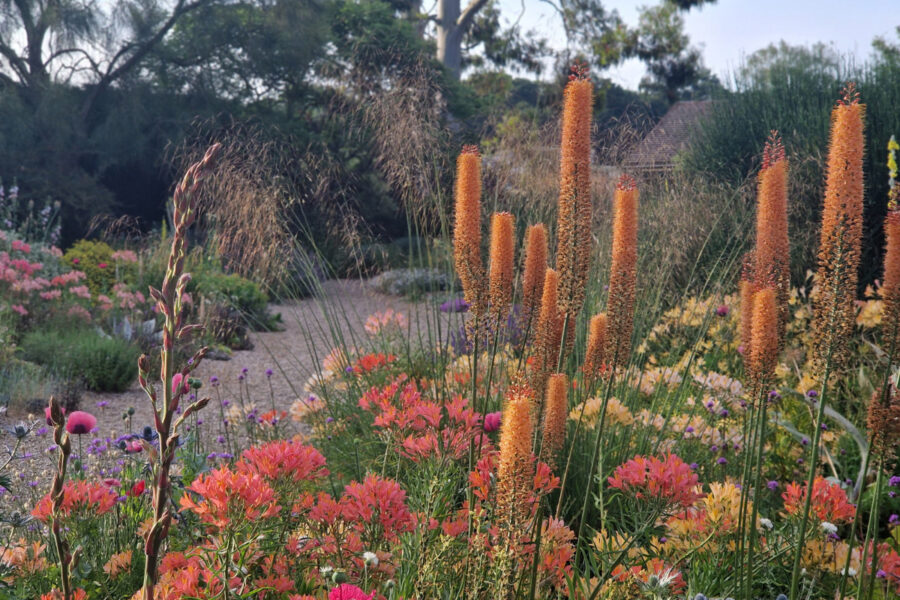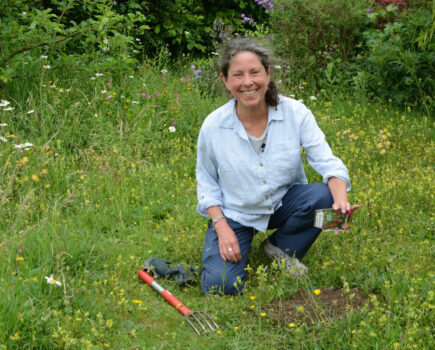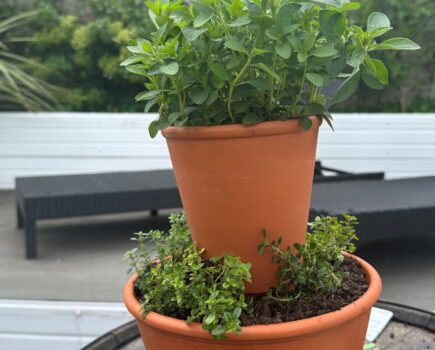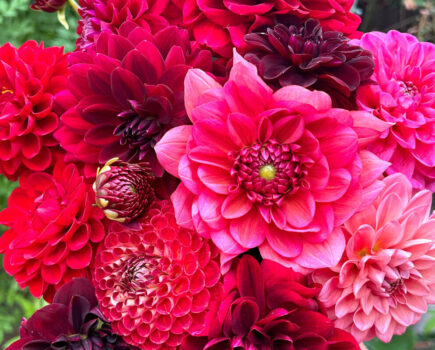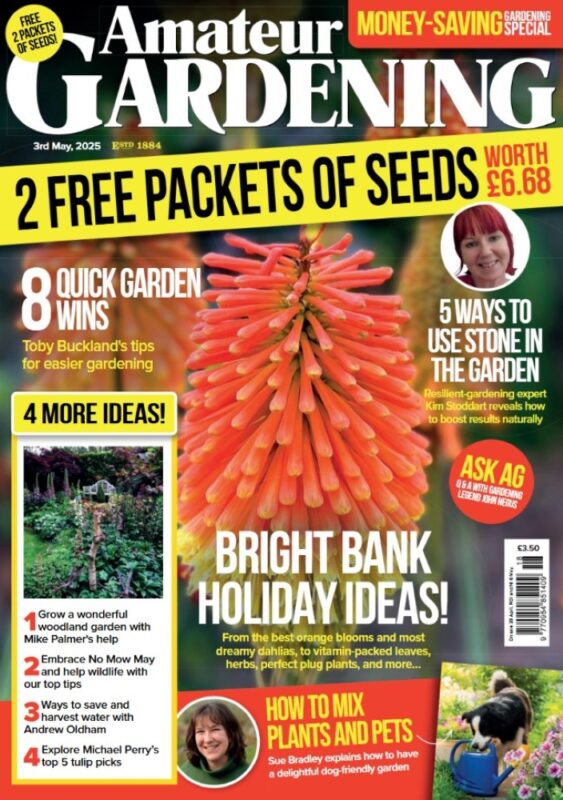Learn from the past to create a happy future garden
A new year signals the time to reflect on the previous 12 months and look forward to what the next year will bring.
January is the month for planning. Much of the natural world is at rest, so take your cue and spend the time instead thinking how to perhaps improve an area of your garden, or research the plants and their specific needs.
A lot like people, plants just won’t thrive in an environment that’s not suited to them. It’s an uphill struggle that ultimately encourages unnecessary stress, and who needs more of that?
Right plant, right place
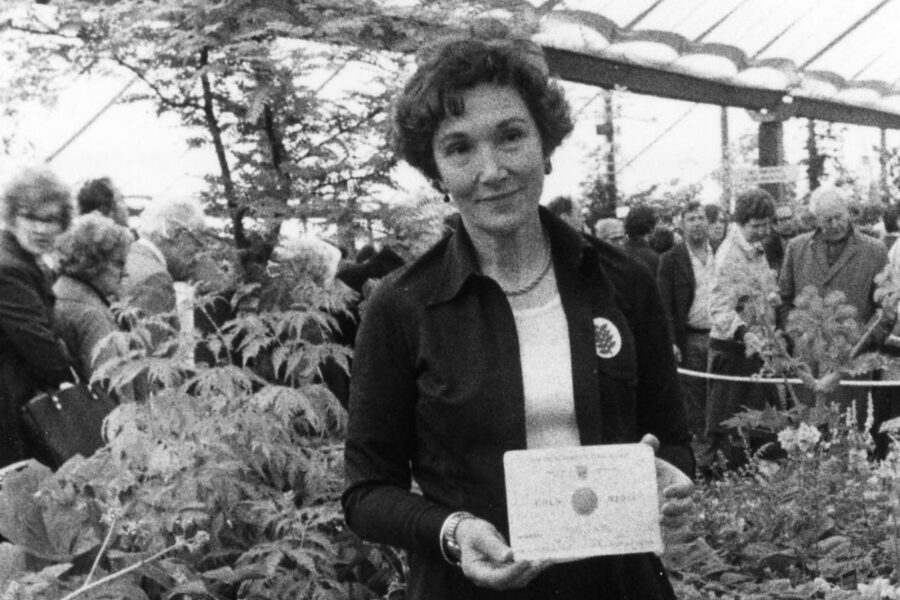
Beth’s simple approach of ‘right plant, right place’ was influenced by husband Andrew’s knowledge of plant ecology. He spent a lot of time researching the writings of plant hunters, travellers and scientists in French and German, and he even taught himself Russian in order to read the literature on plant associations of the USSR where many good garden plants come from.
To tackle her rather challenging garden (much of it too dry, too wet or too shady for conventional gardening), Beth relied on Andrew’s understanding of plant ecology to help steer her choices to create a sustainable, resilient garden, and to see the potential of ‘difficult’ areas instead of seeing them as a hindrance.
What Beth learned underpinned her approach to gardening and she shared this simple philosophy with the rest of the world through her books, teachings and gold-winning Chelsea show gardens; a philosophy which is now instinctively followed by today’s gardeners and designers.
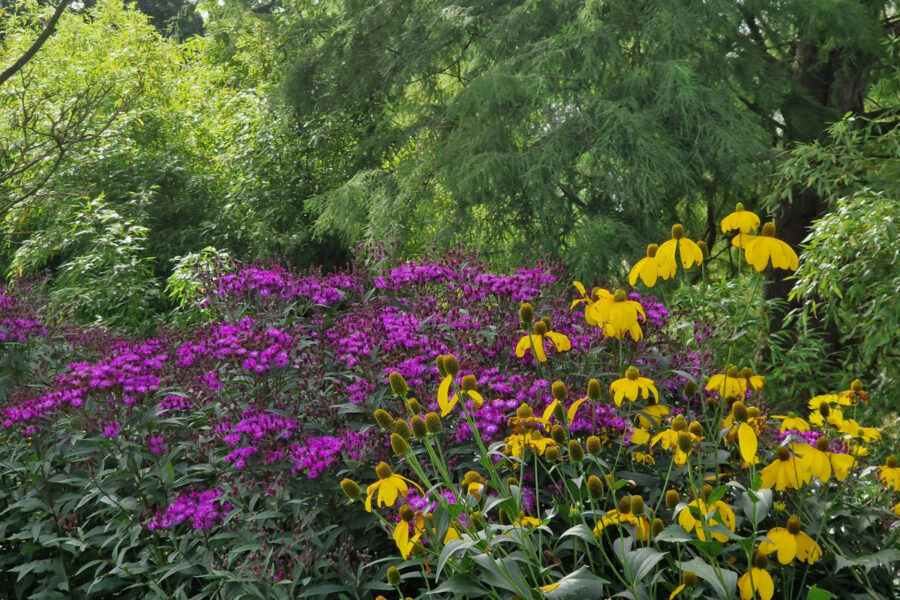
‘All soils have their advantages. The art of gardening is to know your soil intimately, to treat it well and select plants which will make any soil seem like an asset, not a problem. You may not be able to grow all the plants you would like to possess, but by choosing plants suited to your conditions, you can carpet the bare earth with contented plants rather than endure the effect of a moth-eaten rug where too many plants have given up the struggle.’
-Beth Chatto
What plants need
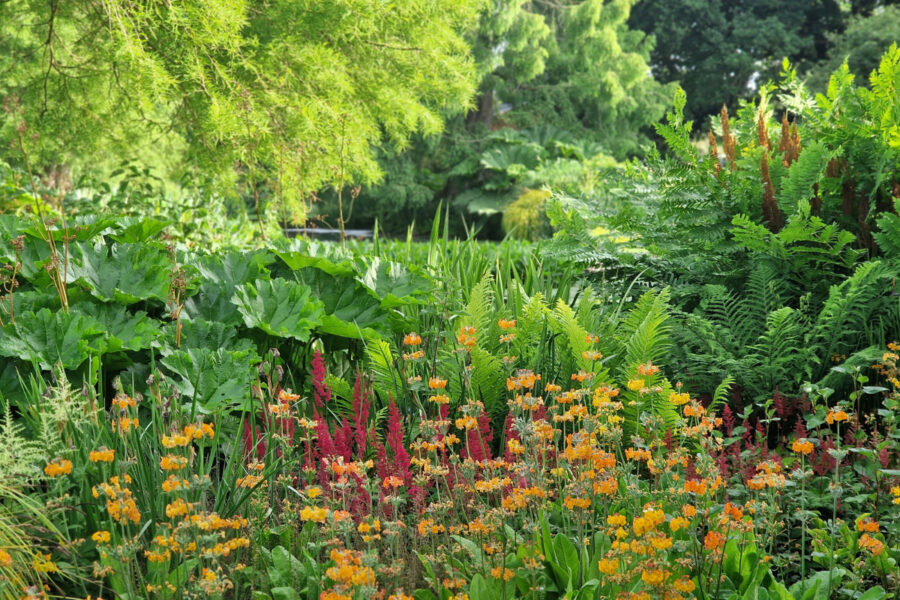
A good place to start is researching where in the world the plants originate. What are the soil conditions there, what’s the climate like? Can you offer those conditions? Aspect is equally as important. Full sun or full shade? Part sun or part shade?
Taking the time now to research a plant’s needs will pay dividends in the long run. Matching preferred conditions as closely as possible gives plants the best chance to grow to their full potential and withstand attack from pests and diseases.
If you’re ever unsure, feel free to send us a question on Instagram @bethchattogardenswhere our team is always happy to help.
Our website is also a great resource to research plants and their growing conditions.
Find more tips, advice and articles like this at the Amateur Gardening website. Subscribe to Amateur Gardening magazine now

